Get the latest recap of JSE news in the Ghost Wrap podcast, brought to you by Mazars:
The Bell take-private is dead – for now at least (JSE: BEL)
Shareholders have voted down the scheme at R53 per share
Based on what I’ve seen on X from influential minority shareholders, I’m not super surprised to see that the Bell Equipment scheme of arrangement was not approved by shareholders. The voting class of non-conflicted shareholders was small in the greater scheme of things, making it easier for large minority shareholders to block the deal.
In the end, it was supported by around 52% of voting shareholders. A special resolution requires 75% approval, so this was way off the required levels.
I think this is brave stuff, especially as the latest Bell earnings weren’t outstanding. Goodness knows Bell has come a long way in the past couple of years, especially since the first highly opportunistic attempt to take it private, but an offer of R53 per share didn’t feel silly to me. To get something higher than this won’t be easy, especially since it would either need to come from the family (third time lucky) or from an independent third party willing to buy out the entire thing.
The share price fell by over 13% to trade at around R40 per share. It was trading at around R30 per share before this buyout offer was put on the table, so watch this one carefully.
That’s a tough day for the minority shareholders who did want to take the money, as the scheme of arrangement is an all-or-nothing mechanism. Even if the family did make a general offer to shareholders at R53 and achieve a decent number of acceptances, it would just create an even thinner voting class for an eventual take-private.
Brimstone isn’t serious about closing the discount to NAV (JSE: BRT)
Investing in minority stakes in private companies simply won’t do it
Brimstone has an intrinsic net asset value (INAV) per share section on its website that discloses the INAV per share as being R11.44. This is essentially the per-share value of what the directors reckon the place is worth, based on a roll-up of underlying investments. Brimstone is currently trading at R5.70, so the market has a less bullish view. Whilst discounts to INAV are nothing new for investment holding companies, the quantum varies based on the way capital is allocated.
I’m afraid that taking R50 million and pouring it into FPG Property Fund to increase the minority stake from 10.1% to 11.5% really isn’t going to close the gap anytime soon. The best way to do it is simply to buy back shares at the discounted share price, sending a signal to the market that the directors firmly believe in the INAV per share. As this is a small related party deal with an associate of a non-executive director of Brimstone, my view is that this deal sends a negative signal instead.
FPG is described as having strong growth prospects. I have no reason to doubt this, particularly with the focus on convenience retail properties and where we are in the cycle. The problem is that investors can get similar assets elsewhere in the market without having to be exposed to the layered costs of Brimstone, hence the persistent discount to INAV.
Another extension at Capital & Regional (JSE: CRP)
It would be very helpful for Growthpoint (JSE: GRT) if an offer did come through here
As the release of results by Growthpoint earlier this week showed us, they are still dealing with a difficult environment for rental reversions and the cost of debt has been a strain. Selling the stake in Capital & Regional won’t fix the former issue, but it would do a lot of good for the latter as they could reduce debt considerably.
For that to happen, one of the potential bidders sniffing around Capital & Regional needs to bite. Praxis has pulled out of the race, leaving just one likely source of an offer at this stage: NewRiver REIT. They’ve been negotiating directly with Growthpoint since May, which makes sense as Growthpoint is the controlling shareholder and there’s no point in putting an offer on the table that won’t be accepted by them.
In the hope of an offer coming through from NewRiver, there is yet another extension to the PUSU (Put Up or Shut Up) deadline, this time to 26 September. For such a strongly-named concept, there seems to be no issue in getting it extended time after time.
Most of Discovery’s businesses grew, but not all (JSE: DSY)
The share price is at 52-week highs but hasn’t delivered exciting returns in recent years
Discovery’s results aren’t usually filled with excitement and fireworks. There are some growth engines in the group, but it’s usually a case of relatively sideways travel for both the group and the share price. Recent momentum has been strong though, with Discovery now hitting 52-week highs after releasing much better growth in normalised profit from operations.
Of course, it depends on which line you look at. HEPS disclosed in the way that everybody does it shows growth of 4% to 9%. If you are willing to work with normalised HEPS, that number is much stronger at growth of between 12% and 17%. The segmental guidance given by Discovery is based on normalised profit from operations, with the group up by between 15% and 20%.
Discovery South Africa grew 13% to 18% on the basis of normalised profit from operations, with Discovery Invest and Discovery Insure offering the best growth rates. Discovery Bank continues to reduce its losses. Discovery Health was up by between 4% and 9% which is pretty decent, while Discovery Life grew between 6% and 11%.
Vitality UK has a far less enjoyable story to tell, with earnings down by between 11% and 16%. The claims experience in VitalityHealth was the biggest issue, as premium increases lagged claims. They expect margins to recovery in 2025.
Vitality Global did really well, with a positive narrative across the board and especially at Ping An Health Insurance, which has started paying dividends.
Detailed results are due on 19 September.
FirstRand’s earnings took a knock from a UK provision (JSE: FSR)
Without that, they grew by double digits
FirstRand has released results for the year ended June. Although HEPS only grew by a rather sad 4%, the major impact here was an accounting provision (R3 billion) raised in the UK as a result of the motor commission review, as well as related legal and professional fees (R300 million). Without that, normalised earnings would be up 10% and return on equity would’ve been 21.3%. Whilst I’m always nervous of normalisation adjustments, the reality is that a provision of this nature severely skews earnings trends. Importantly, FirstRand was still in the green despite the provision.
The dividend was up 8%, which gives some support to the notion that normalised growth was 10%.
The more traditional banking operations led the way here, with net interest income (NII) up 10% and non-interest revenue (NIR) up by 6%. Kudos to RMB for a 16% uplift in NIR, with structuring and advisory mandates delivering a 44% increase and trading income up 9%.
Geographically, it’s encouraging (and in contrast to what we’ve seen at some peers) that the Africa portfolio delivered strong growth. Although the UK segment looks like a winner in this period, it’s because they recognised the provision at the centre. Ignoring all the costs related to that matter, earnings were up 34% in the UK.
Going forward, recognising that FirstRand is a complex group operating in various regions, they expect a weaker NII performance and a stronger NIR performance. They believe that ROE will continue to trend into the upper end of the target range of 18% to 22%.
FirstRand is the best of the local banking groups and the multiple reflects that, with a share price of R86 and a net asset value per share of R34.85.
Lesaka will look back on 2024 as a landmark year (JSE: LSK)
The group reported positive operating income and gave better guidance for FY25
Lesaka Technologies is busy building an impressive fintech group. The platform needed to scale and they’ve been doing exactly that through major acquisitions. Although the group isn’t at the stage of net profitability yet, they are expecting a major uptick in adjusted EBITDA in the next year.
For the full year ended June 2024, revenue was up 11% and operating income swung from a loss of $15.3 million to profit of $3.6 million. Group adjusted EBITDA came in at R690.9 million, an important number to keep in mind when we get to the FY25 guidance.
At divisional level, the Merchant Division saw revenue increase by 12% and adjusted EBITDA by 4%, so there are some questions around the margins there. The Consumer Division increased revenue by 15% and adjusted EBITDA by a rather ridiculous 361% – that’s the joy of hitting an inflection point for profitability!
Net debt to group adjusted EBITDA improved from 4.5x to 2.5x.
Looking ahead, revenue guidance initially looks light at between R10 billion and R11 billion, as they achieved R10.6 billion in FY24. If you read carefully, there’s a substantial change to the way revenue on prepaid vouchers is recognised, which is why the revenue growth looks non-existent at first. The big jump is in adjusted EBITDA, with guidance of between R900 million and R1 billion vs. R690.9 million in FY24.
The stock is fairly illiquid unfortunately, with a return over the past year of 27%.
RFG’s international business was a major drag on growth – but the cause is to be found locally (JSE: RFG)
Port infrastructure is letting our companies down
RFG Holdings has released a trading update for the 11 months to August, with group revenue up by only 1.4%. The international segment is to blame, with softer global pricing and a drop in volumes due to shipping delays out of the Cape Town and Durban ports – another good example of local infrastructure letting the private sector down. With overall selling price inflation of 5.4%, you can see that group volumes were firmly in the red. This makes it harder to maintain the 10% medium-term operating profit margin target, as a drop in volumes usually means a less efficient manufacturing environment.
Looking in more detail, the regional segment achieved revenue growth of 5.3%, with price increases of 8.1% and a volume decline of 2.5% (spot the consumers under pressure locally). The mix effect was a decrease of 0.3%. The international segment can only dream of such numbers, with revenue down 11.3% due to prices falling 3.5% and volumes down 10.4%. The mix benefit of 1.2% couldn’t offset that impact. RFG is being severely hampered by the shipping situation at the ports, with lower opening stock levels also not helping.
As a silver lining, the volume decline in the regional segment has at least improved since the -5.5% reported for the six months to March. The pie category apparently did well, with a cold and wet winter surely helping.
Annual results are due on 20 November.
SA Corporate Real Estate grew distributable income (JSE: SAC)
Don’t let the name fool you – there’s plenty of residential property in here
SA Corporate Real Estate has released results for the six months to June. They reflect net property income growth of 4.8%. In the retail portfolio, it grew by 2.9%. The industrial portfolio was up by 6.3% and the residential portfolio in Afhco managed 7.0%. It’s pretty interesting to note that the retail portfolio was therefore a drag on growth!
Funds from operations per share, a key metric in the industry, grew by 6.7%. Distributable income per share was up by 6.3% and the payout ratio was kept consistent, so the distribution was up by the same percentage.
This is a decent growth outcome, with the loan-to-value ratio staying steady at 41.9% and leaving the REIT in a decent position for what will hopefully be a further improvement in South African trading conditions.
Sibanye-Stillwater is only slightly profitable – excluding impairments (JSE: SSW)
When will the pain in PGMs end?
Sibanye-Stillwater has lost 42% of its value in the past year. If the PGM sector was my kids, it would have a “big owie” and kisses better wouldn’t be helping.
Thanks to depressed commodity prices, operational issues and frankly just some bad luck as well, Sibanye’s headline earnings came in at just R137 million for the six months to June. It’s profitable, but not by much. If we include the impairments, then the loss came in at R7.5 billion – still much better than the six months to December 2023 but way down year-on-year.
The trouble is that the South African PGM operations are still much larger than the other parts of the group. Although Sibanye has been on a diversification drive (with very debatable success), much of it is just noise.
There was negative free cash flow of R7.3 billion in this period, which is obviously a concern. Despite this, debt ratios are still at manageable levels. They’ve put a lot of work into the balance sheet (including the covenant negotiations with banks) and have restructured the operations in an effort to weather this storm in the PGM sector.
At least the gold business saw an improvement in adjusted EBITDA, despite a decrease in production. Another small positive in this result was a swing into profitability in the US PGM operations.
It sounds silly and simple, but the reality is this: PGM prices have to increase for any good to come from an investment in Sibanye.
On a comparable basis, Truworths showed very little growth (JSE: TRU)
The share price has still had a decent year as Truworths wasn’t priced for growth – but what about going forward?
Truworths has released results for the 52 weeks ended 30 June 2024. Sales were only up by 3.9%, with all of that growth coming from the UK (up 18.7% in rand). Truworths Africa, which is mainly South Africa, saw sales drop by -3.9%.
The biggest divergence in performance was on the profit line, where Office (the UK business) increased its trading margin dramatically from 18.3% to 34.6%. As for Truworths Africa, the same metric fell from 18.1% to 13.3%. Clearly, the local business is struggling. One of the reasons for this is in the supply chain, with port-related issues impacting not just the imported apparel (55% of merchandise), but also the locally manufactured stuff that depends on imported materials.
Delays in inventory had a negative impact on gross margin, as stock was on the shelves too late and this led to more end-of-season promotions. Gross margin fell from 55.4% to 54.9% in Truworths Africa. Conversely, in Office, gross margin increased from 45.2% to 47.0%.
Without important adjustments for once-offs in this period and in the base period, diluted HEPS fell by 6.5%. The “pro-forma” disclosure captures the various items that limit comparability, on which basis diluted HEPS actually increased by 0.9%.
Either way, it’s a disappointing result. With diluted HEPS of 805.8 cents for the year, the current Truworths share price is a Price/Earnings multiple of 11.8x. Not for me, thanks – that isn’t cheap anymore.
Nibbles:
- Director dealings:
- Aside from a fair bit of restructuring activity across various entities, an associate of two directors of Astoria Investments (JSE: ARA) bought shares worth R5.6 million and also entered into a CFD trade over R3.8 million in shares.
- Two directors of a major subsidiary of RFG Holdings (JSE: RFG) sold shares worth over R6.35 million in aggregate.
- Although not a traditional director dealing in my eyes, it’s worth noting that several Lighthouse Properties (JSE: LTE) directors have elected to receive shares under the scrip dividend alternative. I also have to mention that Des de Beer’s share of this is a massive R78 million! This is how huge balance sheets create wealth over time.
- Schroder European Real Estate Investment Trust (JSE: SCD) is still a sideways story, with a NAV total return of 0.4% for the quarter and -9.9% for the nine months year-to-date. They’ve declared their third quarter dividend of 1.48 euro cents per share. The loan-to-value ratio is 25% (net of cash).
- The Quantum Foods (JSE: QFH) shareholder meeting showed significant dissent among shareholders when it comes to the current management team. The resolutions to remove three directors of the company were voted down by the narrowest of margins – just over 50% of shareholders!
- Universal Partners (JSE: UPL), a highly illiquid investment holding company, released earnings for the year ended June. There’s a small headline loss per share, leading to the NAV per share being ever so slightly down over the last 12 months. As is pretty much the case every time they release numbers, portfolio company Propelair has “reinvented the toilet” and is “significantly behind its original business plan” – so perhaps the toilet didn’t need reinventing? Much more importantly, the investment in PortmanDentex has been impaired by 17.5% as market valuations have decreased in the sector.
- In case for some reason you are following Kibo Energy (JSE: KBO) and its far-too-regular updates on subsidiary Mast Energy Developments, the company has confirmed that it is achieving average revenue per month of £21k per MW. The recent gross profit margin is 57%.



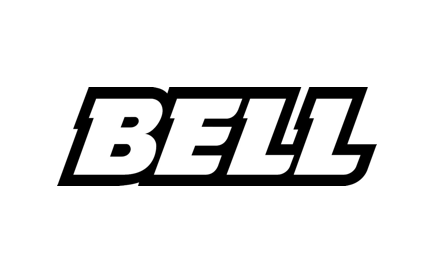
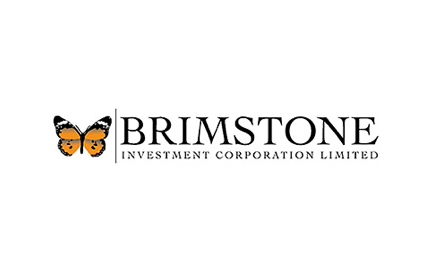



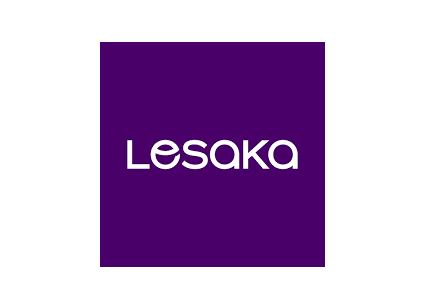
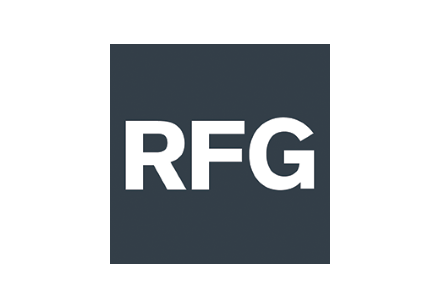

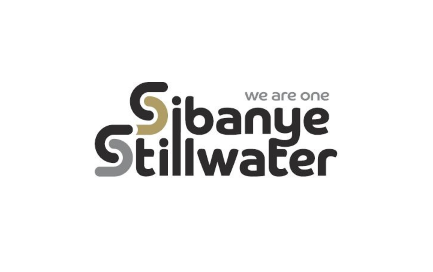
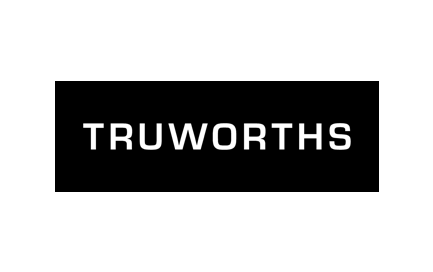

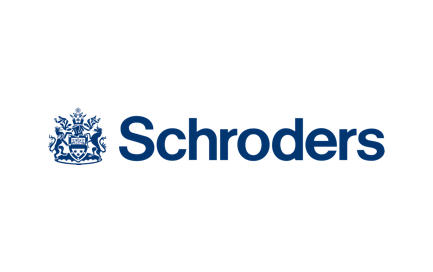
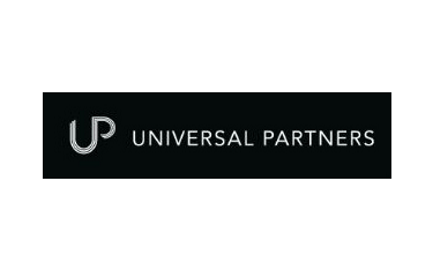

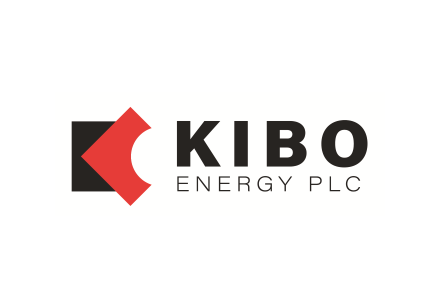


Well I be damned! A comment I make online finally has an effect. Happy nibbling 🙂
BELL
You have to feel for the family. They were badly advised. The Scheme would have carried if minorities
were allowed to remain so post -listing. Add to that the shady conduct of the troika of related parties-Peresec,Peregrine and Zenithar. Then add to that the wannabe social media activists who set out to kill the deal no matter what. Fools who prefer grandstanding to logic. Add to that, pure greed.
The result-a more than fair offer fails and shareholders (currently)left R13 per share poorer ( possibly for years to come ), on the mere speculative hope that another eureka deal will miraculously arrive, Shipyard…………………………….Shipwreck..